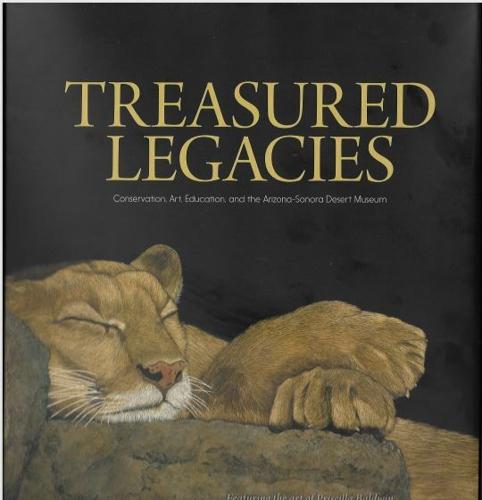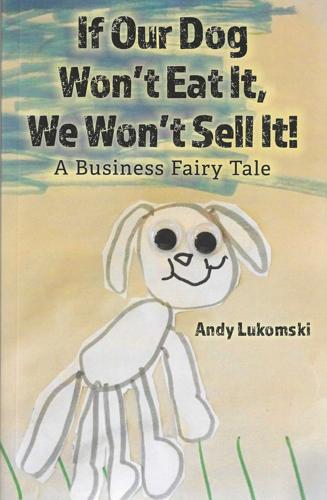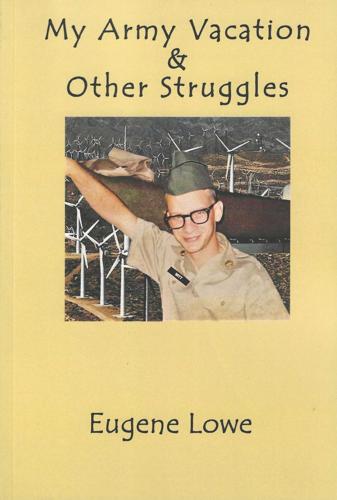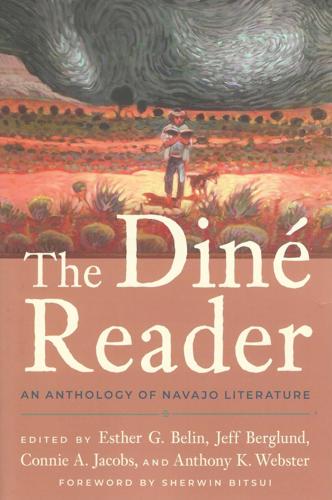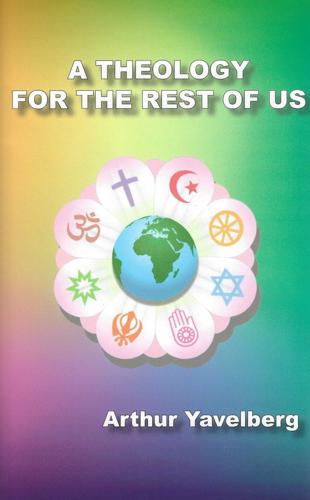“Treasured Legacies: Conservation, Art Education, and the Arizona-Sonora Desert Museum” By Priscilla Baldwin, Peggy Larson, Anne C. Warner and Craig Ivanyi, Principal Contributors. Arizona-Sonora Desert Museum Press. $29.95, available through the ASDM Gift Shop.
A world-class museum requires vision and the passion to excite the public with its mission, and it would be safe to say that the Arizona-Sonora Desert Museum (ASDM) has succeeded brilliantly on this score. With this stunning book, the authors highlight some of the ASDM’s outstanding programs promoting conservation through education and engagement that have inspired wonder since the day the Museum’s gates first opened on Sept. 1, 1952.
The book is divided into chapters highlighting these crowd-pleasing offerings, lavishly illustrated, entertainingly described, and replete with historic anecdotes. Longtime Tucsonans may recall Hal Gras, the ASDM’s public relations director in its early days, and his Desert Ark (a moniker bestowed by no less a naturalist rock star than Joseph Wood Krutch).
To promote the Museum, Gras hit the road in the Ark, an old Nash Rambler that lacked air conditioning but was filled with friendly critters that he introduced, with rollicking good humor, to southern Arizona’s human residents. Another chapter highlights the ever-popular Raptor Free Flight — the only program that flies birds free of traditional falconry equipment — providing a piquant look at some memorable ASDM avian personalities.
At the heart of this book are Priscilla Baldwin’s scratchboard renderings of a wide variety of ASDM animals and birds, artwork that is simply breathtaking in its beauty and detail. Each full-page rendering accompanies a story about the ASDM denizen it portrays. With her husband, Michael, Baldwin is the cofounder of the ASDM Art Institute, now boasting more than two hundred course offerings.
The other primary contributors to this fine book are Peggy Larson, an early Museum arrival and the Museum’s librarian and archivist; Anne C. Warner, a longtime volunteer and coordinator with Larson on the Museum’s oral history project; and Craig Ivanyi, the ASDM’s executive director.
This is a book to linger over; “treasure” doesn’t begin to do it justice.
— Helene Woodhams
“A Comprehensive Guide to Intersex” By Jay Kyle Petersen. Jessica Kingsley Publishers. $34.95, Kindle $19.22.
Defined as exhibiting inborn variations in sex characteristics “that do not fit typical binary notions of male and female bodies,” intersex people account for somewhere between 0.05% and 1.7% of the world’s population. Despite their numbers, however, the nature of intersex has long been misunderstood, and lack of education too often results in fear and non-acceptance.
Jay Kyle Petersen intends to rectify that. With this deeply researched and well-sourced volume the author, who is himself intersex, begins with definitions critical to basic understanding. Intersex belongs to the spectrum of the human body, and should not be confused with core gender identity (a completely different spectrum).
It is not synonymous with transgender. It is not a mental illness, nor is it an abnormality, and it is this sort of confusion that has led to mistreatment, infanticide, and the trauma of “corrective” surgery undertaken to force individuals into a more traditional, albeit inauthentic, binary condition.
The author offers an extensive overview of the more than 40 variations of intersex, provides a global history since ancient times, and includes extensive resources and methods by which health care providers can assist intersex individuals. A wide range of professionals, from doctors and therapists to lawyers, social workers, substance abuse counselors, and even family members can benefit from this very thorough volume.
Petersen, who was misidentified as female at birth and raised as a girl, shares his personal journey to claiming his true, biological identity in a story as enlightening as it is compelling. In addition to offering intersex training workshops, Petersen is a writer, artist, and activist, based in Tucson.
— Helene Woodhams “If Our Dog Won’t Eat It, We Won’t Sell It! A Business Fairy Tale” By Andy Lukomski. Published by the Author. $12.99, $5.99 Kindle.
Green Valley resident Andy Lukomski is a retired businessman, a pit bull owner and, by his own admission, a devotee of medical marijuana. That last item, he says, is important for the reader to appreciate, as it explains his tongue-in-cheek, somewhat meandering approach to telling the story of how he launched a successful business provisioning prison commissaries. This is not your typical “how to succeed in business” handbook, although it offers useful take-aways and sensible advice.
Lukomski’s adventure in entrepreneurship reads more like a memoir, beginning with his upbringing in a Polish neighborhood in Michigan. He recalls how his business began and grew in a series of anecdotes about employees, warehouses, customers, and suppliers, freely interlaced with his opinions on any number of subjects that irk him, like organized religion, politics, and health insurance. The result is a fever dream of sorts, but the author does bring his message home: entrepreneurship is by no means an easy path, but success is possible with determination, a sense of humor…and, maybe, some edibles.
— Helene Woodhams “My Army Vacation and Other Struggles” By Eugene Lowe (self-published). $7.44 paperback; $5.15 Kindle.
At the end of Eugene Lowe’s 2019 coming-of-age memoir “Jiggling: A Gradual Release,” young Lowe was hurtling away from a turbulent adolescence in Europe with his drama-queen mother and military step-father, back to the U.S. in search of love. This second in his memoir series picks up where the first left off, and follows him to about age forty. Some elements of personality and character stamped early in life, you see in the adult Lowe, with more significant consequences.
The Lowe in “My Army Vacation…” is still restless, curious, spontaneous, full of wanderlust, yearning for love; and — arms and heart wide open — hurtling into the next grand adventure. Which never quite works out to be as grand as he’d hoped.
He joined the Army at nineteen, selecting “cook” as his occupation (he’d qualified for “interpreter,” and even officer training, but didn’t want the extra years; his plan was to get to the Culinary Arts Institute on the Army’s dime.). When that didn’t work out, his earlier propensities kicked back in. We see him in Morocco, in Spain and Portugal, marrying a Spanish girl he barely knew, and planning to recreate the trek of Cabeza de Baca; we see him jobless and emotionally struggling in Idaho. At some point, Lowe’s restless spirit and antic behaviors turned on himself, and that’s painful to witness. But Lowe’s style is witty, thoughtful, at times disturbing; in essence — again — fascinating.
— Christine Wald-Hopkins “The Dine Reader: An Anthology of Navajo Literature,” Ed. By Esther G. Belin, Jeff Berglund, Connie A. Jacobs, and Anthony K. Webster, with foreword by Sherwin Bitsui (The University of Arizona Press). $24.95 paperback; e-edition available.
In his foreword to this anthology of Navajo writers, poet Sherwin Bitsui rails against the appropriation of Navajo culture: When he asks non-Navajos what they know about Navajo life beyond WWII code talkers, rugs, silver and turquoise, more often than not, he writes, they refer to Anglo writer Tony Hillerman’s detective novels. “I’m always stunned by such misunderstanding,” writes; “how regularly Navajo people are misrepresented and wrongly portrayed in the world” by those not of the culture.
This fine anthology firmly places the Navajo narrative into the hands of Navajos.
Arranged chronologically, featuring thirty-three writers, the collection becomes its own weaving of Navajo writing in English and the Diné language. As it chronicles poetry and prose from the nineteen-sixties to the present, you can follow stylistic development and the threads of influence. Recurring themes such as racism, inter-generational trauma, cultural identity and knowledge, The Long Walk, the sacredness of the land echo in generational voices. The editors provide context — a historical and literary timeline; biographies with clan affiliations; photographs, interviews, and samples of work. References to works in which themes appear and prompts for literary discussion and analysis provide an excellent teacher’s guide for both Native and non-Native classrooms.
In answer to Bitsui’s complaint, words of former UA poet Luci Tapahonso (first Navajo Nation poet laureate) exemplify “representing and portraying” Navajos’ place in the world:
“ [The holy ones] dance precise steps, our own emergence into this land.
They dance again, the formation of this world.
They dance for us now, one precise swaying motion.
They dance back and forth, back and forth.
As they are singing, we watch ourselves being created.” (“The Motion of Songs Rising”)
— Christine Wald-Hopkins “Man Without Borders” By Rosa Valdez-Robinson with Fernando Perea Valdez (self-published). $15.
In this moving memoir, former Southern Arizona writer Rosa Valdez-Robinson chronicles the life — in his words — of her American-born father, Fernando Valdez. At seven years old, during the Depression, he (along with his father) was illegally deported to Mexico by the US government. He walked 1,000 miles with his father, endured unbelievable hardship, and showed remarkable resilience before he even reached adulthood.
— Christine Wald-Hopkins “A Theology for the Rest of Us” By Arthur Yavelberg (MSI Press). $14.95 paperback; $3.69 Kindle.
There’s the clear voice of a teacher in this slim volume examining spirituality, along with a gentle, non-dogmatic or doctrinaire offering of how readers might develop or deepen their own. Tucsonan Arthur Yavelberg has, in fact, been an educator (Head of Tucson Hebrew Academy; instructor of religious studies to adult groups), and his approach here makes “A Theology for the Rest of Us” a very accessible read. He stands back and takes a look at both Eastern (Taoism, Buddhism, Hinduism) religions and Christianity, Judaism, and Islam, and invites readers to draw from them all to “be lights unto [them]selves.” Although he presumes the universe had a creator (a “Divine Intelligence”), he also offers insight for non-believers seeking to understand spirituality.
— Christine Wald-Hopkins


